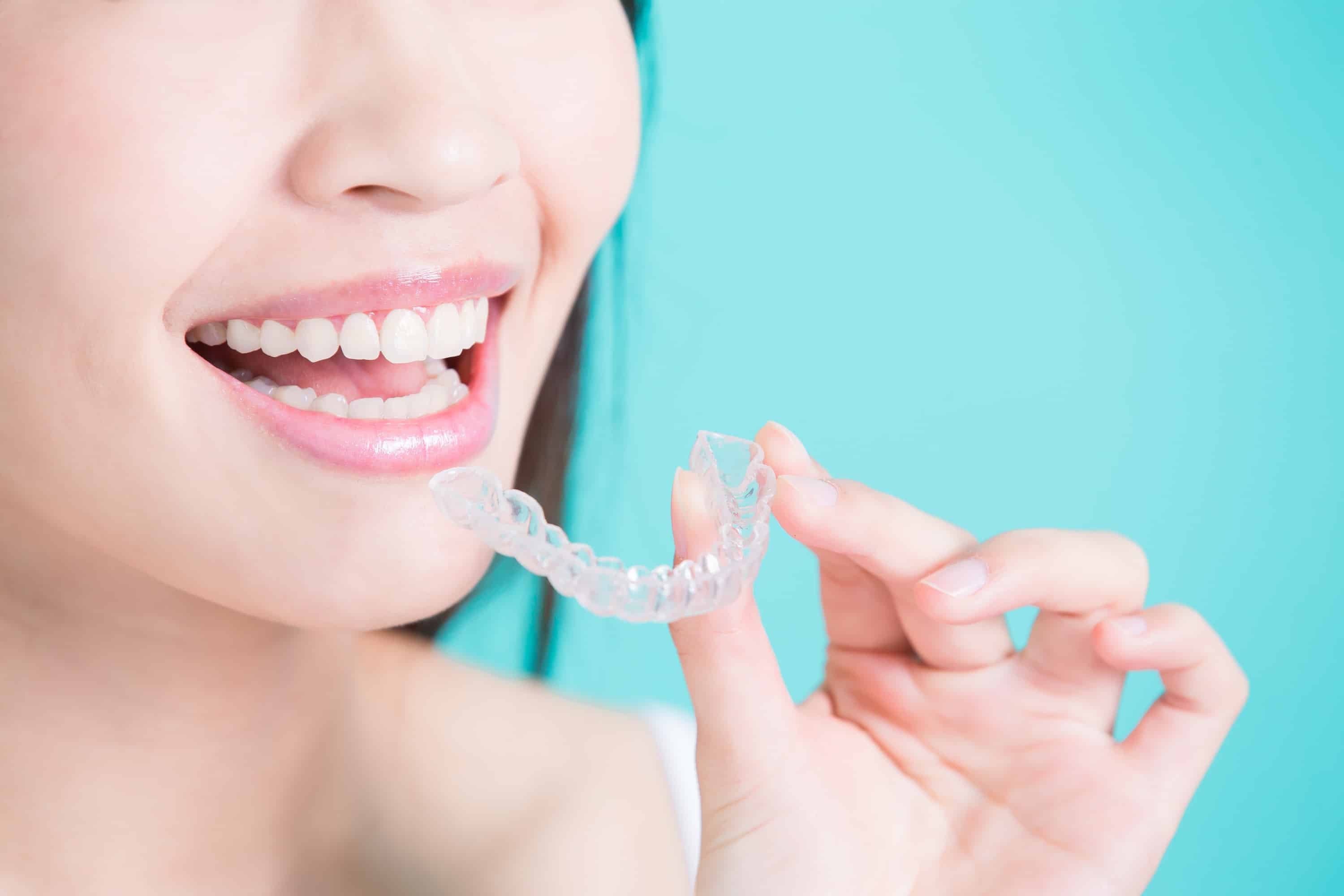Invisalign can help straighten your teeth, but can it correct an overjet? This is a question that many people have, so let’s take a look at the answer. However, remember that every case is different, so you’ll need to talk to a dentist to figure out if Invisalign is the right choice for you.
What Is Overjet, And What Are The Causes For It?
Overjet is the horizontal distance between the upper and lower teeth when the mouth is closed. It is measured from the upper teeth to the lower lip, and it is typically caused one or more of the following: thumb sucking, loss of ba teeth, tongue thrusting, or genetics.
Treatment for overjet typically depends on the severity of the problem and may involve braces, surgery, or a combination of both. In severe cases, overjet can lead to functional problems such as difficulty eating or speaking. It can also cause aesthetic concerns and may make a person self-conscious about their smile. If you are concerned about overjet, be sure to talk to your dentist or orthodontist about treatment options.
How Can Invisalign Help To Treat Overjet Teeth Alignment Issues?
Overjet is a common dental condition where the upper teeth protrude excessively over the lower teeth. A lot of things can cause this, including genetics, bad habits such as thumb sucking, or an incorrect bite. Overjet can cause a number of problems, including pain in the jaw and teeth, difficulty eating and speaking, tooth decay and injury. Invisalign is a popular treatment option for overjet because it is effective and minimally invasive.
During treatment, patients wear a series of clear aligners that gradually help to move the teeth into their correct position. Not only is Invisalign comfortable to wear, but it also allows patients to see their progress as their smile transforms. If you are looking for an effective way to treat overjet, Invisalign may be the right choice for you.
How Long Does The Average Invisalign Treatment For Overjet Last?
Overjet is a common orthodontic problem that occurs when the upper teeth protrude excessively over the lower teeth. While overjet can be caused a variety of factors, it is often treatable with Invisalign. On average, patients with overjet see significant improvement after about 12 months of treatment with Invisalign.

However, several factors can impact the treatment’s duration, including the severity of the overjet and the individual patient’s response to treatment. It might be necessary to wear Invisalign for 18 months or longer in order to achieve the desired result. Ultimately, you can determine the length of your Invisalign treatment consulting with an experienced orthodontist.
Is There Any Side Effect Or Potential Risk Associated With Invisalign?
Invisalign is a popular treatment for patients with overjet, but as with any medical treatment, there are potential risks and side effects associated with the use of Invisalign. The most common side effect of Invisalign is tooth enamel wear. This can occur when the aligners rub against the teeth, causing them to become thinner over time. In addition, patients may experience gum irritation or recession, as well as tooth sensitivity. However, these are mild symptoms and can be easily managed following the recommended care instructions from your dentist or orthodontist.
In rare cases, there have been side effects such as root resorption or jawbone deformation reported some patients. However, these are extremely rare complications that are typically only seen in patients who do not follow the recommended treatment plan. Overall, Invisalign is a safe and effective treatment option for patients with overjet, but you should know about the potential risks and side effects before starting treatment.
How Much Does Invisalign Cost On Average?
Invisalign treatment is an increasingly popular option for patients who are looking for a more discreet way to achieve straighter teeth. While the exact Invisalign cost will vary depending on the individual case, the average cost is between $3,500 and $8,000. In general, Invisalign treatment is more expensive than traditional braces, but many patients feel that it is worth the investment. Invisalign treatment is typically more comfortable than braces, and the clear aligners are virtually undetectable. As a result, patients are able to achieve straighter teeth without drawing attention to their orthodontic treatment. If you are considering Invisalign treatment, be sure to consult with an experienced orthodontist to discuss whether it is the right choice.
